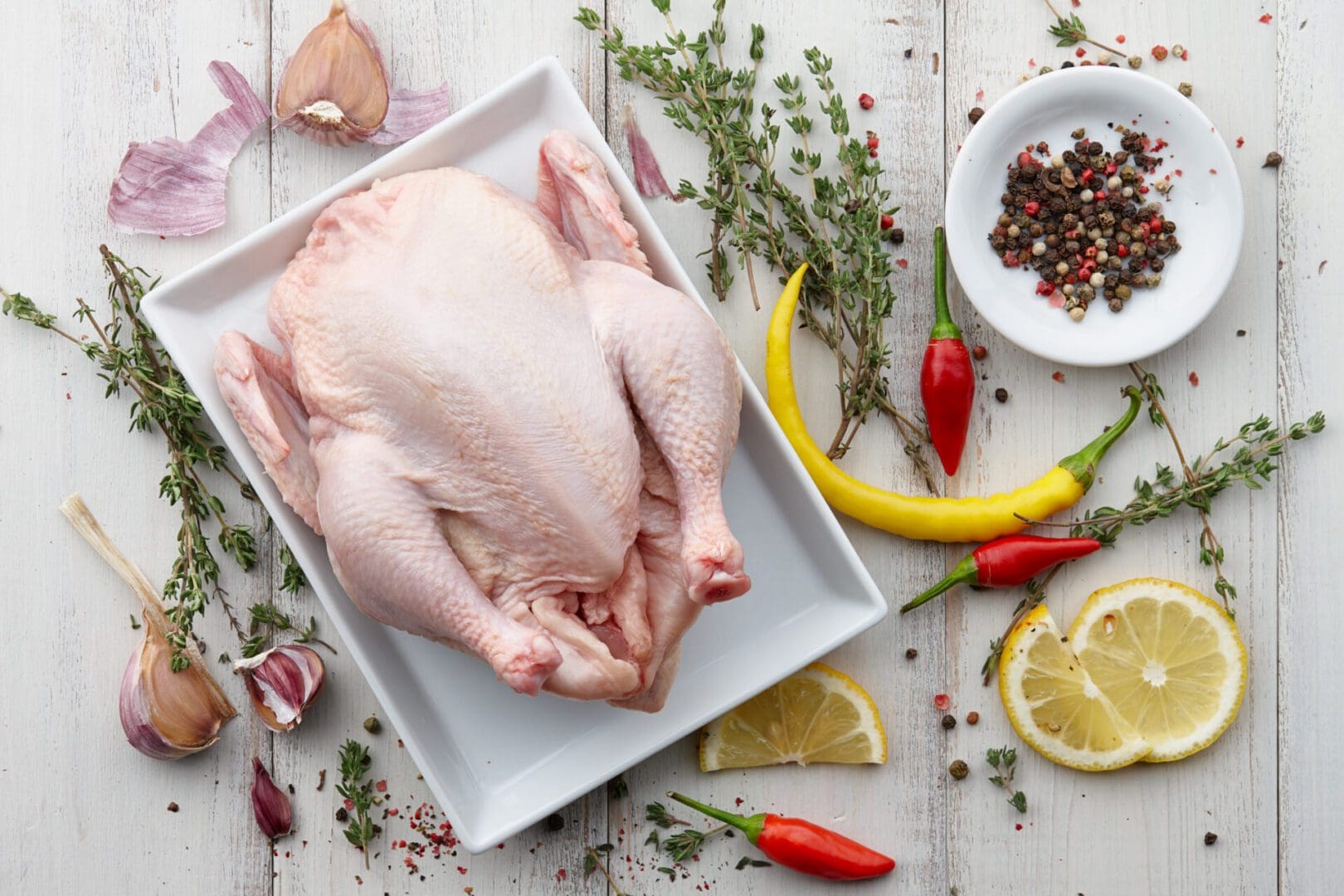
THE SWAP OUT
I’m standing in the middle of the Food Network kitchen as steam rises from pasta pots. The whir of a blender making pesto releases the scent of basil on a warm summer’s day. The clanking of dishes and pots being washed sound almost syncopated adding to the rhythm that seems to flow in one big choreographed culinary dance.

It was my first day on the job as executive producer of Emeril Live. Quite frankly, all my experience had been in television, not food, so I had to get up to speed quickly to understand how the food got produced. It’s the kitchen staff’s job to prep the food for this show and every show, and there’s a system that is streamlined, efficient, and practical.
Let’s say you’re making a turkey. Well, in the real world, it takes about four hours, right? Well, in TV land, you can’t wait around with your crew while a bird roasts, so you’ve got to do things in stages. And that means, you need three to four turkeys to get the job done so you can shoot it quickly. They are called ‘swap outs.’ The first one is raw, so that the chef can show you how to prep and season it. The second one might be cooked halfway so you can show how to baste or turn the bird, if you want. The third is a completed bird the chef pulls from the oven, ready to slice to show the moisture content of the bird or even the technique of how to carve the bird. And the fourth and final bird is placed on a dressed platter, pristine and ready for its close-up or what we like to call its “beauty shot.”
The entire process is documented in a recipe breakdown before it even gets near the set. The chefs provide a standard recipe and send it to the culinary producers who break it down on paper, step-by-step for television, so that the kitchen team knows what to shop for, how far to cook things, and in how many stages. There are shoppers that buy all of the ingredients, allowing for enough time if things need to be prepped a day or two before. On shoot days, the team preps a cart with all of the pre-chopped ingredients broken out per commercial break. If you notice, there are often a series of ramekins or small bowls filled with vegetables or spices placed in a line on the counter. They are placed in the order in which the chef will need them. Before the director calls “action,” the kitchen team reviews the recipe with the chef and then the cameras are ready to roll.
I have to admit, I was a little overwhelmed by the whole kitchen process and it took a while to get up to speed. Working at Food Network made me feel as if I just enrolled in a crash course at the Culinary Institute. After a few weeks, I started to get a handle on how to manage the beast. The kitchen staff was more than eager to help me because it made their job that much easier if I knew what I was doing.
—Excerpted from GETTING SAUCED—How I Learned Everything I Know About Food from TV


